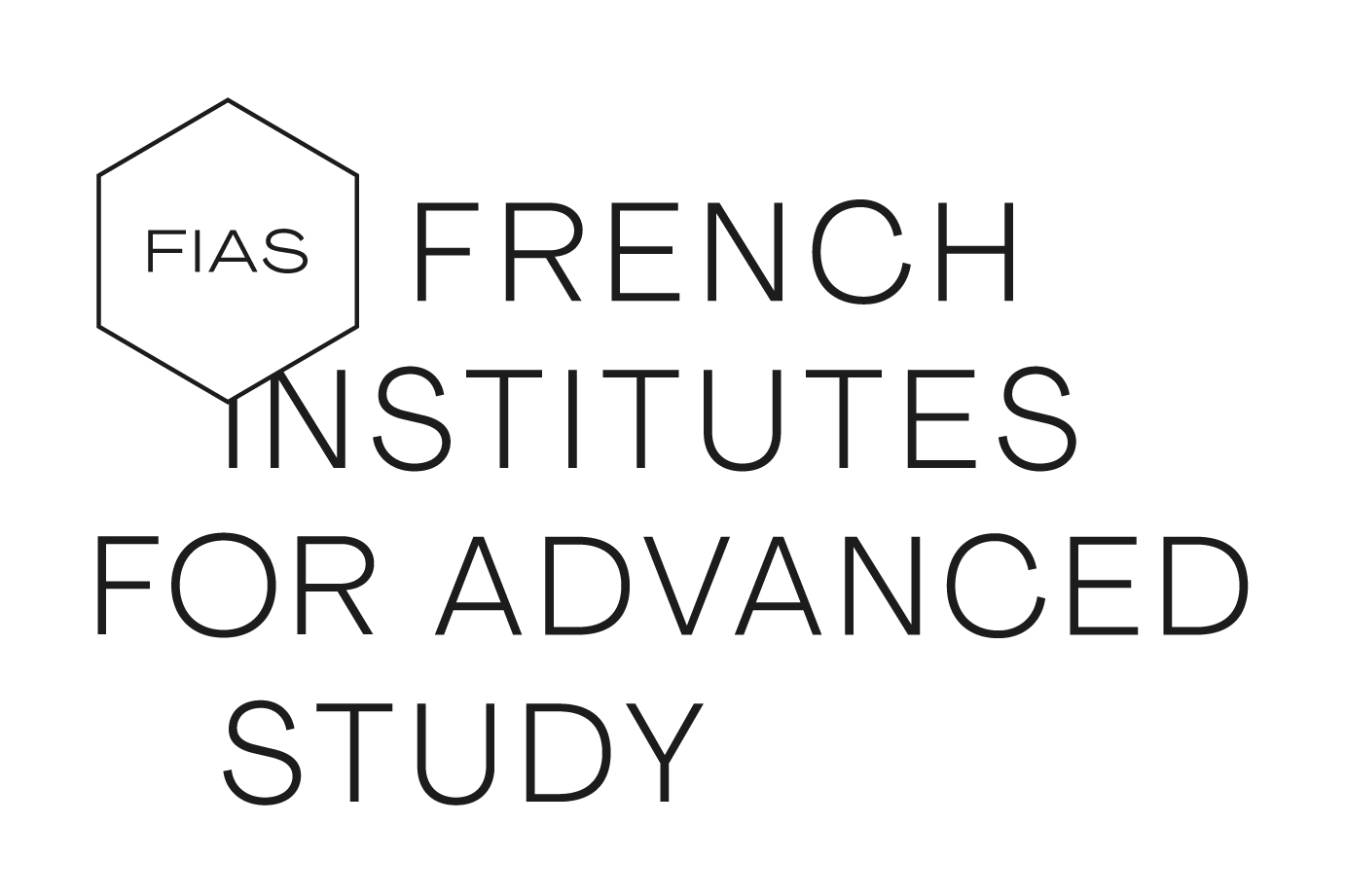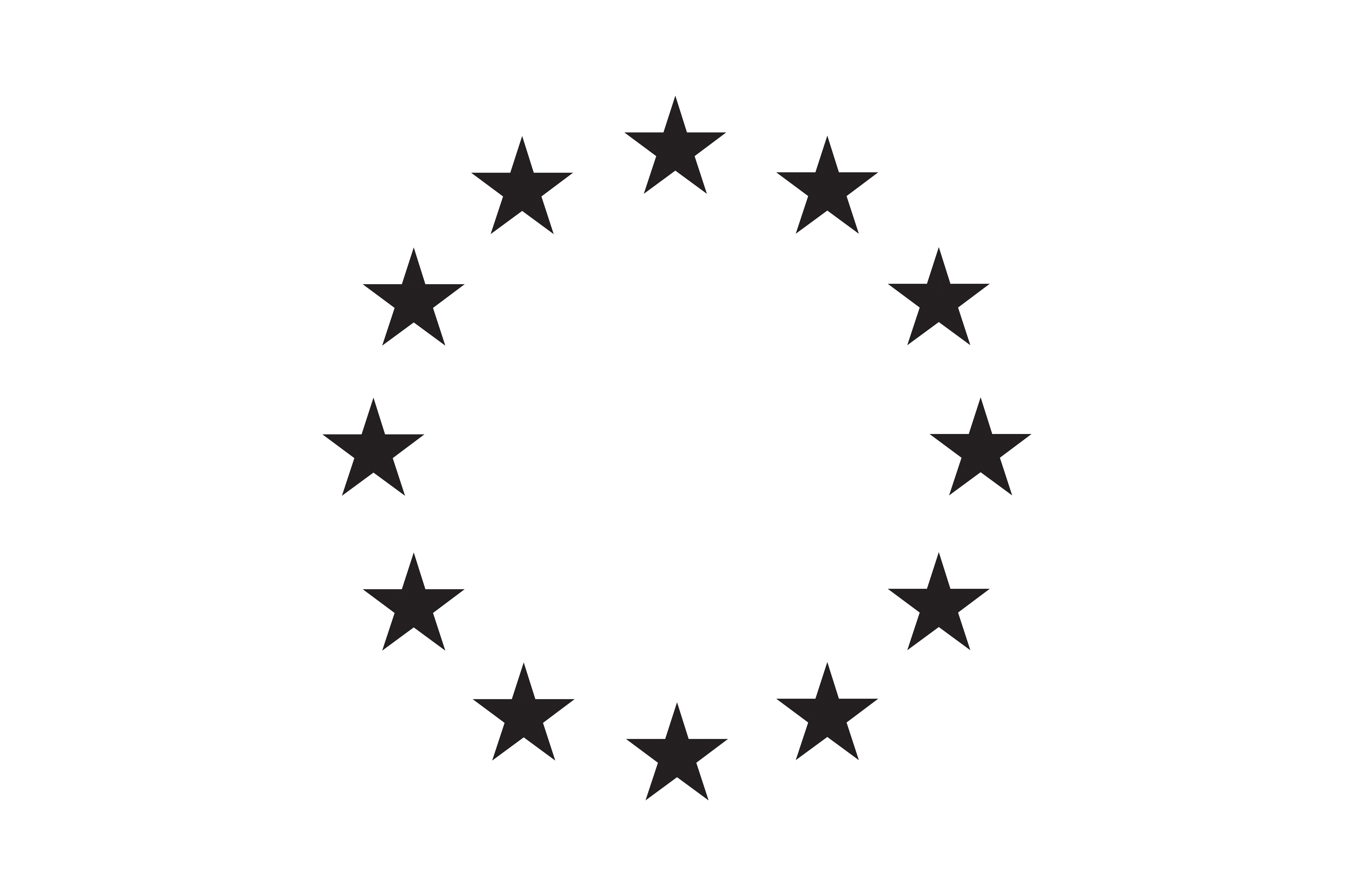Pavel Lurje
Dr. Pavel Lurje works as research fellow and curator at the State Hermitage Museum, St.-Petersburg. He studied History of Iran and Afghanistan at the Oriental Faculty of Saint Petersburg State University and got his PhD in Iranian languages in 2004 with the thesis on historical linguistic analysis of Sogdian toponymy (supervised by Prf. V. A. Livshits). In 2004 – 2009 he was a post-doc research fellow at the Institute of Iranian Studies, Austrian Academy of Sciences, the project finalized with the dictionary of Sogdian proper names (2010).
Since 2010 he leads the Panjakent archaeological expedition from the site of the Hermitage working on two important late antique sites in Tajikistan: Panjakent and Hisorak and, since 2020, the Central Iranian archaeological expedition.
In his work, he tries to use a multidisciplinary approach of the data of written sources, archaeology and other fields to connect dots of the still poorly known pre-Islamic and early Islamic Central Asia.
In September 2024, he joins the Paris IAS as part of the French Institutes for advanced Study fellowship program - FIAS - co-funded by the European Union’s Horizon 2020 research and innovation programme under the Marie Skłodowska-Curie grant agreement No 945408. His fellowship also benefits from the support of the RFIEA+ LABEX, with a national funding (Grant ANR-11-LABX-0027-01).

![]()

Research Interests
The development of the highland part of Central Asia between the 7th and 19th century; archaeology of the area, written documents of the 7th to 19th century, social and economic history, continuity and change in the longue durée
The mountain and lowland communities in central Asia: the case of Upper and Lower Zarafshan Valley from Late Antiquity to Early Modernity
The aim of the present application is a case study on spatial and temporal similarity or difference of human society on the basis of all available sources pertaining to an important region of Central Asia: mountain and lowland Zarafshan Valley, the ancient Sogdiana, from the 7th century CE to the early 20th century.
How much do the landscape, climate, available resources affect the development of human society? What are differences and similarities between the inhabitants of “rich” and “poor” neighboring regions? And how much did the somewhat isolated society change, or remained intact, or reinvented its features through longue durée? Which features were dictated by environment, which ones by conservatism or innovation, and which ones changed with social evolution or new technologies?
The proposed project aims at the new look of interaction of lowland and highland communities through more than a millennium: Zarafshan Valley in Central Asia with its highly developed urban lowland regions of Samarkand and Bukhara, and seemingly isolated and poor mountain part in the east.
The author relies on rich source material: archaeology (especially Panjakent in the lowlands and Hisorak in the mountains, his ongoing field projects), Sogdian documents from Mount Mugh, late 19th century economic documents. Travelers’ accounts, ethnographic descriptions, linguistic data, etc. will be used as well.
Several questions will be addressed: the historical geography, changes of habitation patterns and governance; slavery, different aspects of material culture, language shifts.
Key Publications
Lurje, Pavel B., Personal Names in Sogdian Texts, Iranisches Personennamenbuch, II/8. Vienna: Österreichische Akademie der Wissenschaften, 2010.
Lurje, Pavel B.,«Sogdian Life in the Lens of Art (in Japanese and English)»,Connecting Civilizations. From Ancient Central Asia to East Asia. Exhibition Catalogue, P. 153:158–76. Shigoya: Miho Museum, 2022.
Lurje, Pavel, «A Worship Scene on the Wall of Hisorak Palace». В Le forme della città. Iran, Gandhāra e Asia Centrale. Scritti offerti a Pierfrancesco Callieri in occasione del suo 65° compleanno, под редакцией Luca Colliva, Anna Filigenzi, и Marco Baldi, 399–416. Serie orientale Roma 34. Roma: ISMEO, 2023.
|
Conference by Pavel Lurje (State Hermitage Museum of Saint Petersburg, Paris IAS) at the University of Lille Conference by Pavel Lurje (Hermitage Museum in Saint Petersburg, Paris IAS) as part of the Societies, politics and cultures of the Iranian world series (2024-2025) Lecture by Pavel Lurje, researcher and curator at the State Hermitage Museum (Saint Petersburg) and 2024-2025 research-fellow at the Paris IAS (FIAS program) Speech by Pavel Lurje, researcher and curator at the State Hermitage Museum (Saint Petersburg) and 2024-2025 research-fellow at the Paris IAS (FIAS program) |
|
UNESCO, ICDH, IICAS |
|
|





